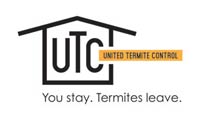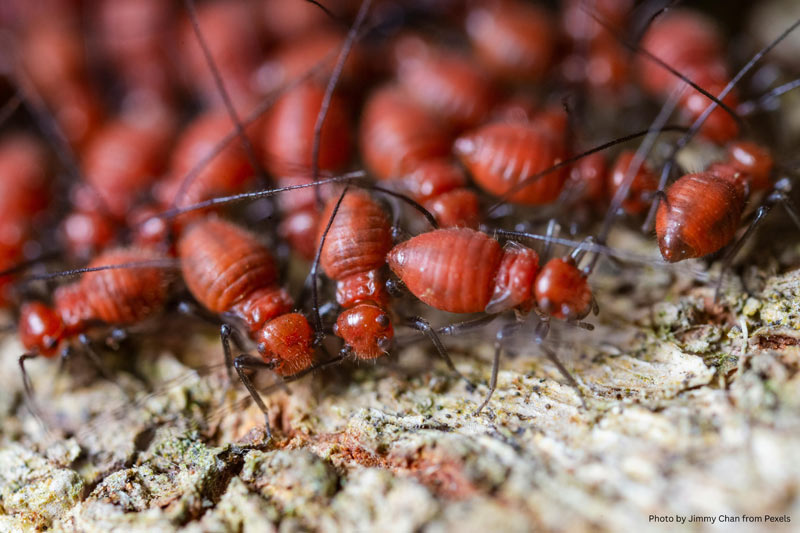Understanding the Relationship Between Termite Inspections and Homeowners Insurance
The connection between termite inspections and homeowners insurance is often overlooked, yet it’s a critical aspect of protecting your property investment. While termites may be small, the damage they cause can be extensive and costly. According to the National Pest Management Association (NPMA), termites cause over $5 billion in property damage annually in the United States alone. This staggering figure highlights the importance of understanding how termite inspections and home insurance intersect to safeguard your most valuable asset—your home.
Understanding Termites and Their Impact on Homes
Before exploring how termite inspections relate to homeowners insurance, it’s essential to understand the threat termites pose. These small, pale insects—typically 1/4 to 1/2 inch long—are relentless wood consumers. The most common type in the U.S., subterranean termites, live in underground colonies that can number up to a million individuals. Their hidden activity allows infestations to go unnoticed until significant damage has occurred.
Termites consume cellulose found in wood, paper, and other plant-based materials, compromising both the structure and aesthetics of a home. Early warning signs include:
- Slight warping of wood
- Piles of what resembles sawdust (frass)
- Hollow-sounding wood when tapped
Recognizing these signs early is key to preventing costly repairs.
The Importance of Regular Termite Inspections
Regular termite inspections are your first line of defense against damage. Professional inspections provide critical insights into any existing infestations and assess your home’s vulnerability. Ideally, inspections should be conducted annually, especially in termite-prone areas. Many pest control companies also offer warranties that back their services, offering additional peace of mind.
Why Homeowners Insurance Typically Excludes Termite Damage
Surprisingly, most homeowners insurance policies exclude termite damage. This is because termites are considered a preventable issue, and insurers classify them as part of regular home maintenance rather than an unforeseen event like a fire or storm. Therefore, homeowners are generally responsible for the costs of termite-related repairs.
Understanding this policy limitation underscores the importance of proactive termite management. Without regular inspections and treatments, homeowners could face hefty, out-of-pocket repair expenses.
How Termite Inspections Can Influence Insurance Claims
While termite damage itself is usually excluded, termite infestations can complicate claims for other types of insured damage. For example, if a fire or storm damages your home and the structure was already weakened by termites, the insurer may reduce or deny your claim, arguing that the termite damage contributed to the extent of the loss.
Maintaining up-to-date termite inspection and treatment records can serve as critical documentation in such scenarios. Some insurers may also offer premium discounts to homeowners who demonstrate proactive pest control measures, recognizing it as part of responsible property maintenance.
Expert Tips for Managing Termite Risks
- Annual Inspections: Schedule professional termite inspections yearly, particularly if you live in high-risk regions.
- Moisture Management: Termites thrive in damp environments. Fix leaks, ensure good drainage, and maintain dry crawl spaces and basements.
- Landscape Maintenance: Keep soil, mulch, and plants away from direct contact with your home’s foundation.
- Use Treated Materials: During renovations, opt for pressure-treated wood to deter termite activity.
- Preventative Treatments: Apply termiticides or other safe chemical barriers around your home’s perimeter.
Creating a Termite-Free Home Strategy
Preventing termites doesn’t have to be costly or complex. Partnering with a reputable pest control company familiar with local termite behavior, climate conditions, and treatment technologies can provide customized protection. Integrated pest management (IPM) approaches, combining cultural, mechanical, and chemical methods, are often the most effective and sustainable.
Additionally, maintain detailed records of all termite-related inspections, treatments, and repairs. These records can help support any future insurance claims or property sales by demonstrating diligent property care.
Enhancing Your Homeowners Insurance with Additional Coverage
While standard policies may not cover termite damage, some insurers offer optional riders or endorsements for pest-related risks. These add-ons can provide extra protection, albeit at an additional premium. Homeowners should assess whether these options make sense based on local termite risks, property value, and budget.
Another option is investing in home warranties that include termite protection clauses, which can cover treatment, repairs, and damage.
Protect Your Home Investment with United Termite Control
Understanding the relationship between termite inspections and homeowners insurance is key to protecting your home investment. Proactive termite prevention is the most reliable way to avoid expensive repairs and insurance complications.
At United Termite Control, we offer expert termite inspections, treatments, and pest control solutions designed to safeguard your property. Our comprehensive approach helps ensure your home remains structurally sound and pest-free—while supporting your insurance claims with proper documentation.
Contact our team today to learn more about protecting your property from termites and enhancing your insurance readiness. Visit our site for expert resources, schedule your inspection, and take the first step toward long-term peace of mind.

